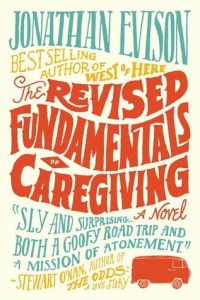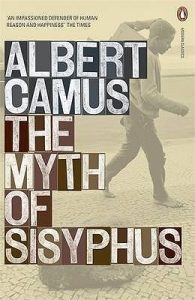Title: To Kill a Mockingbird
Author: Harper Lee
First published January 1, 1960
336 pages, Paperback
Rating: 4.27
Overview
Experience the unforgettable tale of a young girl growing up in a sleepy Southern town and the moral dilemma that shook her community to its core. Harper Lee’s “To Kill a Mockingbird” quickly became a beloved bestseller and critical darling upon its publication in 1960.
Following the story of young Scout Finch, readers are taken on a journey through the complexities of human nature – from compassion to cruelty, love to hate, and everything in between. With over 18 million copies sold and translated into forty languages, Lee’s regional story has captured the hearts of readers around the world.
Join Scout on her quest for justice and discover why “To Kill a Mockingbird” remains an American literary classic.
About the Author
Nelle Harper Lee was born in Monroeville, Alabama as the youngest of four children to Amasa Coleman Lee and Frances Cunningham Finch Lee. Her father was a former newspaper editor and lawyer who had served on the state legislature.
Lee was quite the tomboy as a child and loved reading books. She had a good relationship with her neighbor and schoolmate Truman Capote.
After graduating from high school, Lee went to Huntingdon College in Montgomery and then pursued a law degree at the University of Alabama. She wrote for various student publications and even served as the editor of the campus humor magazine called “Ramma-Jamma.” Although she didn’t complete her law degree, she studied in Oxford, England before moving to New York in 1950, where she worked as a reservation clerk for Eastern Air Lines and BOAC.
Lee continued working as a reservation clerk until the late 50s when she decided to focus on writing. She lived a simple life and often traveled between her apartment in New York and her family home in Alabama to care for her father.
In November 1956, Lee found an agent and was gifted a year’s wages from her friends with a note that read, “You have one year off from your job to write whatever you please. Merry Christmas.” Within a year, she had a first draft of her novel.
She worked with J.B. Lippincott & Co. editor Tay Hohoff to complete the novel in the summer of 1959. It was published on July 11, 1960, and became an instant bestseller.
It won critical acclaim and even earned the Pulitzer Prize for Fiction in 1961. The novel continues to be a bestseller with over 30 million copies in print, and in 1999, it was voted “Best Novel of the Century” in a poll by the Library Journal.
Editoral Review
“To Kill a Mockingbird” by Harper Lee is a classic novel first published in 1960 that has continued to captivate readers for over six decades. The novel is set in the fictional town of Maycomb, Alabama during the Great Depression era, where racism and prejudice run rampant.
Harper Lee, the author, explores themes of morality, justice, and innocence through the eyes of a young girl named Scout Finch, who narrates the story. The novel is a bildungsroman, or coming-of-age story, that follows Scout, her brother Jem, and their friend Dill as they navigate the ups and downs of childhood.
Atticus Finch, Scout and Jem’s father, is a prominent lawyer in Maycomb who defends a black man accused of raping a white woman. This sets off a chain of events that exposes the hypocrisy and bigotry of the town’s residents.
One of the strengths of “To Kill a Mockingbird” is the unforgettable characters. Atticus Finch is a model of integrity and courage, and his speech about the importance of walking in someone else’s shoes is a timeless lesson in empathy.
Scout is a precocious and curious narrator whose youthful innocence is both endearing and poignant. Boo Radley, the mysterious neighbor who inspires fear in the children, becomes a symbol of unexpected goodness and kindness.
Another strength of the novel is Lee’s use of language. The prose is elegant and evocative, capturing the essence of the South and the era in which the novel is set.
Lee’s descriptions of Maycomb are vivid and atmospheric, giving readers a sense of the town’s sights, sounds, and smells.
However, “To Kill a Mockingbird” is not without its flaws.
The novel has been criticized for its portrayal of black characters, who are often depicted as passive and submissive. The novel’s treatment of race is also limited to a black-white binary, ignoring other marginalized communities.
Despite its limitations, “To Kill a Mockingbird” remains a powerful and relevant novel that speaks to our current moment. Its themes of injustice, inequality, and prejudice are as important today as they were when the novel was first published.
Lee’s vision of a more just and compassionate society is an inspiring call to action that resonates with readers of all ages and backgrounds. Overall, “To Kill a Mockingbird” is a must-read for anyone interested in American literature, social justice, or the human experience.
With its unforgettable characters, beautiful prose, and timeless themes, the novel is a literary masterpiece that deserves its place in the canon of American literature. The Washington Post highly recommends this book, and we give it a rating of 5 out of 5 stars.



